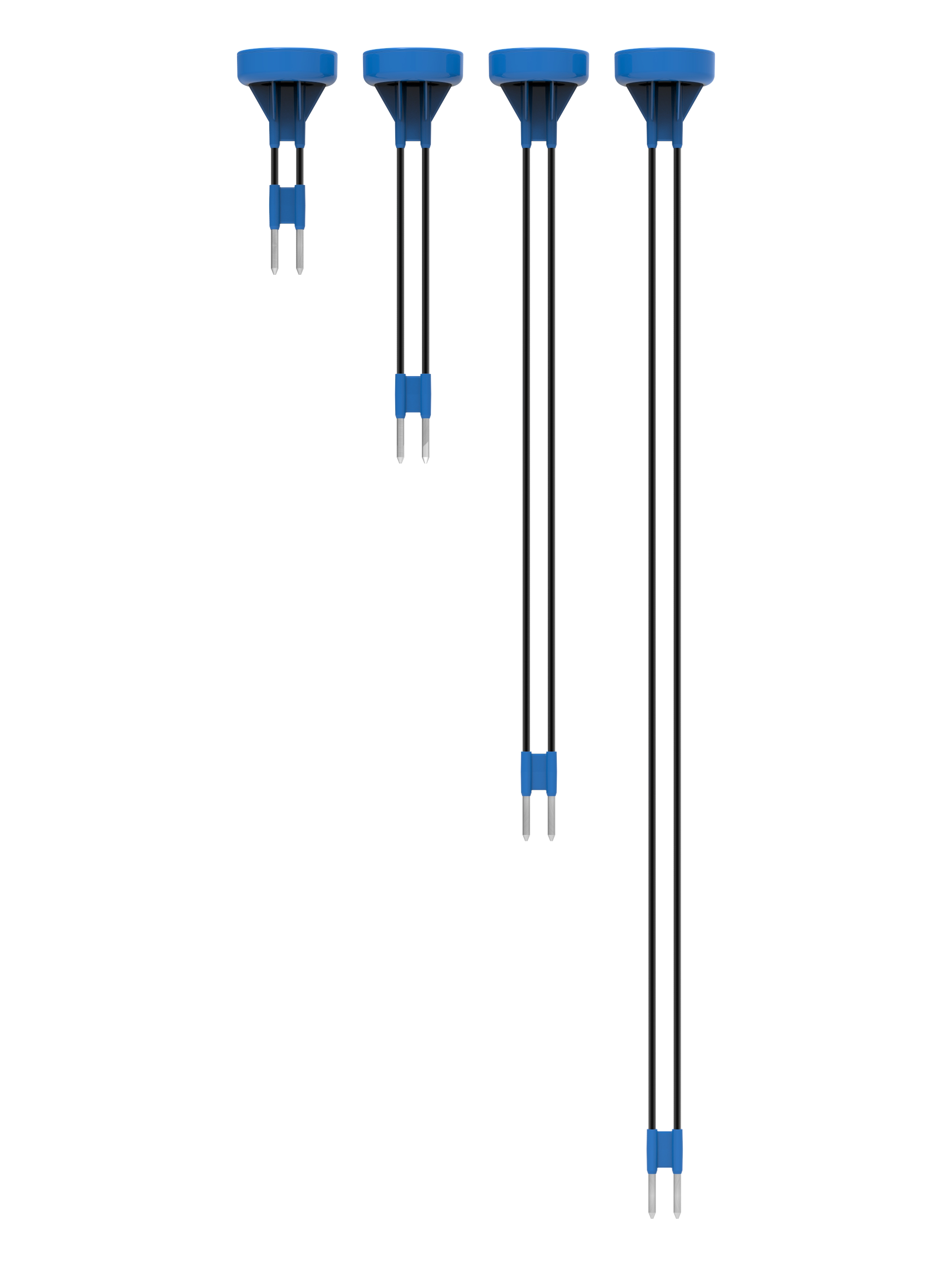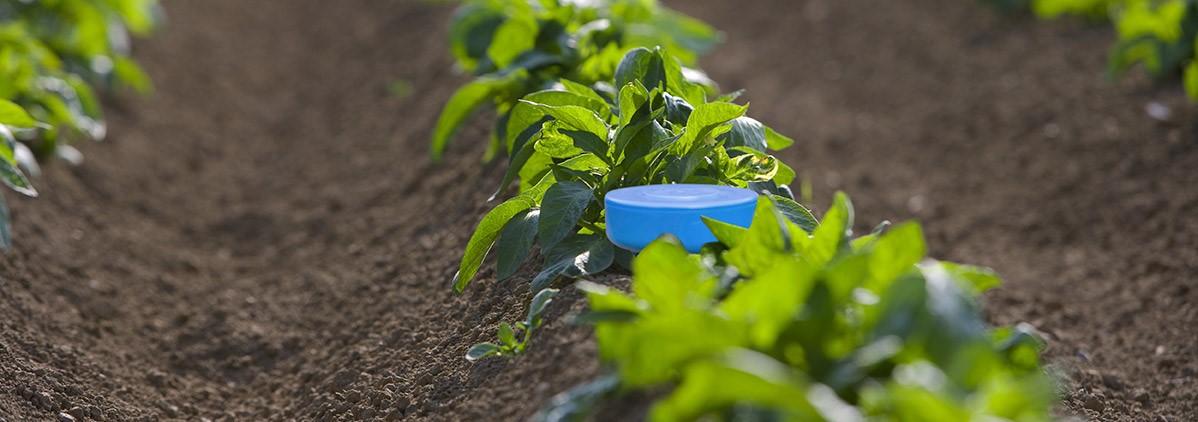
Sensoterra is a worldwide leader in soil moisture sensing supporting farmers, landscapers, and smart cities to make wiser irrigation decisions for land management. Connected via LoRaWAN technology, sensors are wireless, ready to provide soil moisture data from remote areas to urban farmings. They give farmers and landscapers the ability to look at the soil moisture levels for multiple places at the same time. This saves time and water by removing the time spent going into the fields and irrigating at the right time with the right amount of water. This can save water and increase yields.
Producing sensors suitable for a smart agriculture solution means overcoming challenges relating to the tough, practical nature of the industry. Here we will look at the key challenges and how the Sensoterra sensors overcome them.
Overcoming the elements
These sensors are predominantly used by farmers who need to be able to load them into a tractor to get them out to the field. Once they are installed in the field, they need to be able to withstand the weather, from wind and rain to sunshine and all the elements. This means they need to be robust, fail-proof, rugged and waterproof, all while being easy to use.
The solution Sensoterra came up with is to build a sensor in an enclosed box with no buttons, switches, LEDs. This left them with a reliable, easy to use sensor that can withstand all the elements but one more challenge – how do you turn it on and off.

Turning it on and off
Modern electronics are really energy efficient in a deep sleep. So the solution was to make a sensor which doesn’t turn off but when it is not in use it goes into the deep sleep mode.
The Sensoterra sensors operate on a pattern of wake up once an hour, measure the soil moisture level, encode the data, send it to the LoRaWAN gateway, sleep for an hour before waking up again etc. The energy consumption of waking up and measuring the soil is negligible compared to sending the data to the gateway so when it isn’t in soil when it wakes up it is unable to take a measurement and just goes back to sleep. This means that when it is not installed in the field it is in a very energy-efficient mode.
These sensors have an accelerometer so that when the sensor is kept upside down and then placed in the soil it will wake up immediately and send the first data reading. This means you can see that measurement on your smartphone straight away and can leave the field knowing the sensor is working properly rather than having to wait for it to wake up in the hourly cycle.
We are a UK stockist of the Sensoterra sensors. If you would like to find out more about these sensors contact us.

